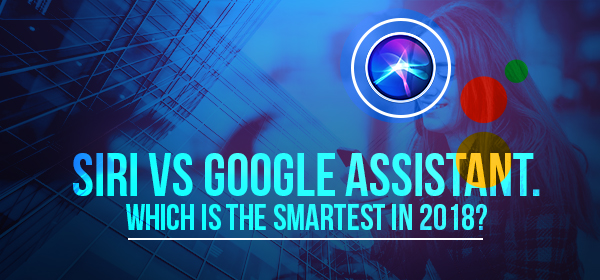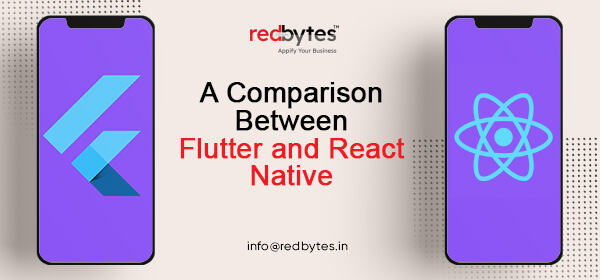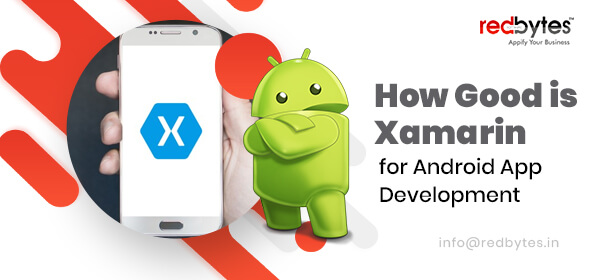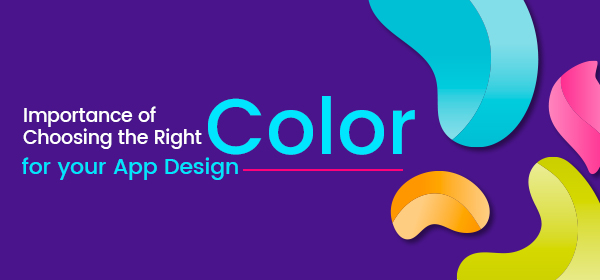Mobile application development is the domain infused with incredible discoveries and innovations. Mobile apps have shaped our lives in ways never imagined before. Today there is an app for everything you can think of.
Developers are constantly on a whim to invest their creative passion and vision in utilizing modern technologies. Smartphone apps have taken over many slices of our daily lives including banking, online shopping, digital payments, social collaboration, healthcare and much more.
The fact that we can communicate, work and play at unbelievable speed is the proof of sophistication and power mobile apps have brought to the world as we knew. In this blog, we are going to learn the impact of mobile apps on the world.
The Dawn of Mobile App Explosion
In a short run, Apple and Google have done what nobody ever dreamed about. Statista report 2017 confirms how leading app stores currently house staggering 6.3 million of mobile apps.
This is the achievement hit in merely 9 years of the establishment of Google and Apple app stores. Mobile apps deliver incredible advantages and lifestyle convenience standards by using the power of super-fast processing of today’s highly evolved smart phone technology and its infallible supporting network.
Two major factors that drove the eruption of mobile apps are:
- User’s ability to download and use smart apps on their devices
- Luxury of carrying their mobile phones wherever they go
Due to these two major drivers, people owning mobile devices became enchanted by the mobile app experience and slowly began to expect almost everything they do on their mobile phones.
They began to realize how it is possible to replace sedentary computer activities with dynamic, interactive and innovative mobile app experience.
The Decline of the Computer
What mobile software development did to people is called dynamic mobility. Instead of pushing dozens of features in single version of program on desktop, advanced technology of Smartphones made people perform computing tasks from their phones.
Apart from providing basic single functions of desktop (calculator, convertor, flashlight, calendar), they gave more power to mobile users such as photo and video editing, blogging and designing, socializing and gaming and much more.
Instant communication and collaboration
Communication is made enriched and simplified with mobile apps that can be used for messaging, voice and video chatting or social networking.
Connect with people living in distant locations instantly or talk to your loved ones while you are away from home. With communication apps, all you need is just a fingertip to enable seamless, quick and fruitful communication.
Now you can have multi-function mobile apps with which you can collaborate with your office employees, friends, family and share media, files, work progress with them on the go.
Healthcare and fitness
Mobile apps have revolutionized the way people monitor and keep track of their daily health and fitness. Built with focus improving health of users, these dedicated mobile apps can include a range of healthcare purposes like patient monitoring, remote assistance and diagnosis, doctor appointment scheduling, online prescriptions, and so on.
Users wanting to maintain their fitness can depend on apps built to improve your workout routine, cardiovascular functioning, diet and food habits and offer motivational boost to stay healthy and fit. Either they use smart fitness tracking wearables or download a smartphone app to fulfil their fitness goals.
Influence on Education & Training
Prior to having apps that transformed the shape of education, having physical classrooms was a necessity that drove students bored.
Virtual education mobile apps brought in the new trend of elite learning programs that provide sophisticated solutions for kids’ education.
Thanks to the gigantic rise of mobile app development technology, you can now choose digitally feasible ways of education and learn the same courses without compromising the comfort of your home.
Moreover, such apps can act as a training tool for both training institute as well as organizational structures. With the integration of Augmented Reality into learning mobile apps, even smart classrooms of science and engineering have become intense and effective, inspiring development of more mobile apps of state-of-the-art class.
Work Productivity
Earlier it was difficult to fulfil work leftovers outside the office hours, but now you can fulfil all your occupational commitments with mobile apps.
Not only are you able to make an online call through communication apps or send an email, but with company’s specially dedicated apps can help you stay connected to your office network 24/7.
Such apps are built around the idea of enhancing productivity and integrating your professional workflow into your digital apps especially when you are travelling a lot and need instant access to project-related updates.
Digital Virtual Assistants
The era of digitally smart and interactive virtual assistants has begun and will not cease. For instance, Google Assistant, Apple’s Siri, Amazon’s Alexa are set to make you life even easier, better and properly organized by helping you remember and find things you need.
Thanks to the burgeoning technology of artificial intelligence, days of forgetfulness are gone. Virtual assistants programmed to help you with almost everything you request are changing the way we all conduct our daily life.
Conceptually, AI-powered digital assistant mobile apps have also found their way into mainstream industries such as healthcare, hotel and hospitality, banking & insurance, domestic lifestyle and many more.
Smarter home and smarter workspace
This is another revolution mobile apps have triggered with the help of IoT and AI technologies. Like Smartphone, Smart TV and smart watches, offices and homes are also growing smarter with the combination of IoT and Artificial Intelligence.
Machines can control your home appliances and amenities based on your tastes and usual preferences.
For instance, hotel customers can set the room temperature remotely knowing that in the background the combined technology of IoT, sensors and AI is working to match their specific standards.
This is how mobile apps can sophisticate and automate your living style.
Media & Entertainment
Mobile gaming has not yet completely overpowered the charm of gaming consoles, but there is no denial that the gaming base created by famous game development companies is attacked by mobile game development popularity.
Due to significant improvements in mobile hardware technology, we can see the rise of more advanced mobile games with intricate, immersive and engaging elements.
On the other hand, online entertainment media like YouTube, Amazon, HBO and Netflix enable cordless, TV-less small-screen entertainment, which captures young demographics and increases scope for growth of media advertising.
The eternal pool of infinite data
This is, we can firmly put, the era of delicious data as we as users are surrounded by and leave behind gargantuan amount of infinite data for company owners.
The apps used for social engagement and chat messaging open up the greater opportunities for marketers to generate relevant products and custom offers for end users.
Apps directly interact with user’s social profile as they allow access to their various online footprints on different online portals and location details.
The user data travel to brands that imbibe and assess this massive amount of information to convert it into custom product recommendations to hit the target audience at the right time and the right place.
Apps taking over the world, literally
Based on the history of past decade, it goes without saying that mobile apps have almost taken over the entire world.
The online galaxy of apps is so influential that even schoolchildren can easily memorize popular apps such as Angry Birds, WhatsApp, Temple Run, Candy Crush saga, Pokémon Go, Cut The Rope and so on.
Some of these have been epic blockbusters making their owners rich, creating an unstoppable source of revenue for start-up businesses and emerging app writers.
The app industry is indeed reaching new heights every day, setting new records with brand new innovations and marvellous technologies.
It is true that mobile apps have hit the world by storm, crafting a unique digital economy for professional developers, consumers and entrepreneurs.
Conclusion
Mobile app development is perhaps the greatest breakthrough for the entire world. Enhancing the standard of interactions and methods of staying connected, mobile apps have undoubtedly come a long way, giving us a whole new perspective in life:
Living digital. Innovations like AR and VR have infiltrated mobile app market, offering us completely different realities of real and unreal world. We can conclude that as long as internet remains fast and secure, mobile apps will continue to turn the world around.































